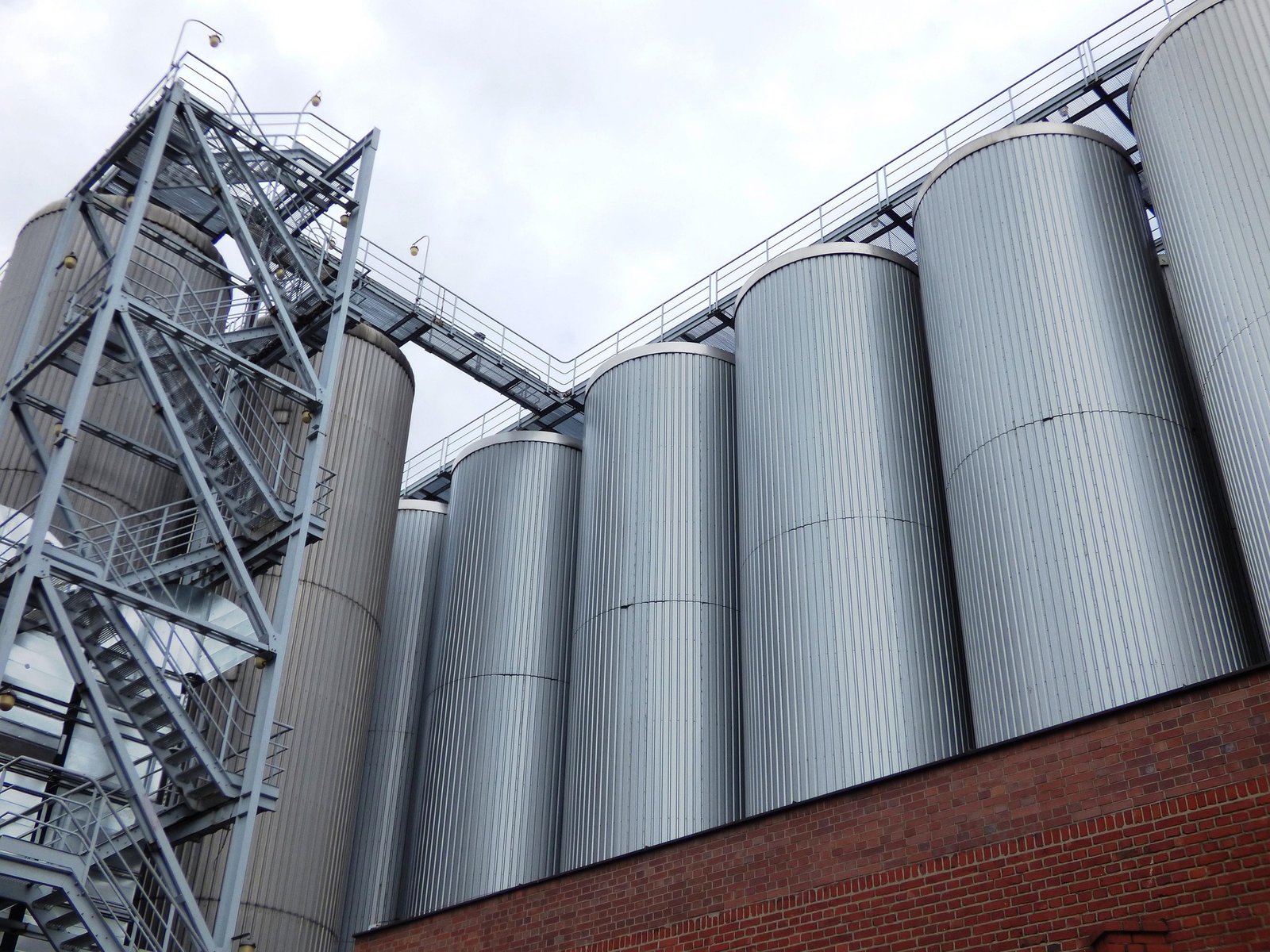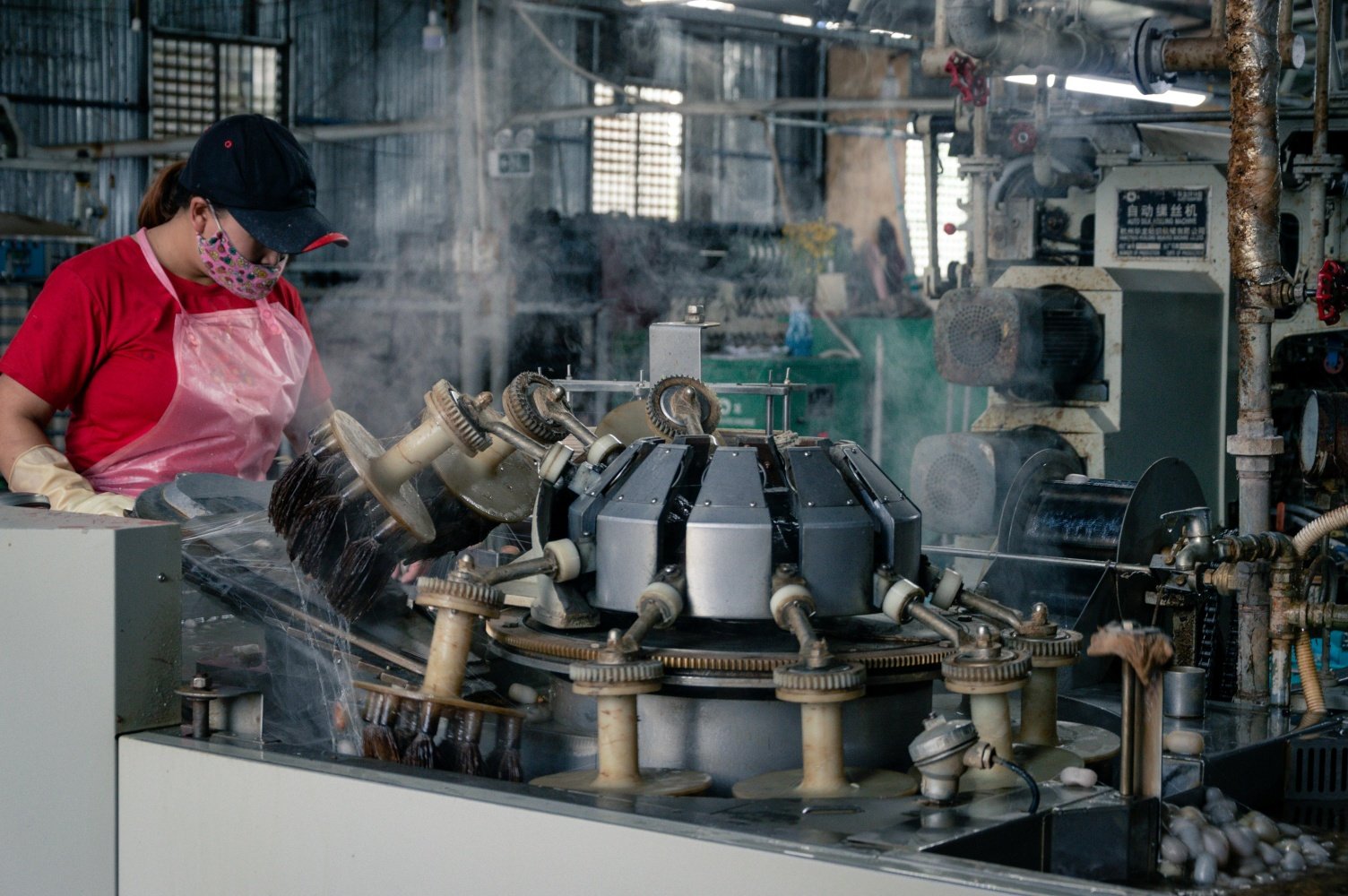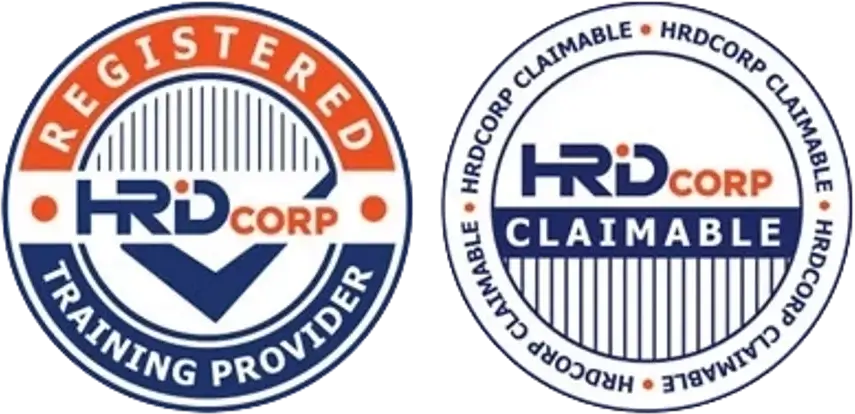What’s the Role of Context of the Organization in ISO 22000 Clause 4?
Clause 4 of ISO 22000:2018 introduces a fundamental requirement that forms the foundation of your entire Food Safety Management System (FSMS)—the “Context of the Organization.”
But what does this clause really mean?
Why is it critical to your food safety performance and ISO 22000 compliance?
Let’s break it down in clear, actionable points.
📘 What Is Clause 4: Context of the Organization?
-
A requirement to understand internal and external factors that can affect your FSMS.
-
Forces the organization to step back and evaluate its business environment.
-
Helps ensure that your FSMS is relevant, risk-based, and aligned with your strategic goals.
✅ Key Elements of Clause 4 in ISO 22000
1. Understanding the Organization and Its Context (Clause 4.1)
-
Identify external issues:
-
Regulatory changes
-
Customer expectations
-
Market trends
-
Climate and environmental factors
-
-
Identify internal issues:
-
Organizational structure
-
Product lines
-
Workforce capabilities
-
Infrastructure and technology
-
2. Understanding the Needs and Expectations of Interested Parties (Clause 4.2)
-
Identify stakeholders such as:
-
Customers
-
Suppliers
-
Regulatory bodies
-
Employees
-
Shareholders
-
-
Determine their relevant requirements (e.g., halal, allergen control, labeling)
3. Determining the Scope of the FSMS (Clause 4.3)
-
Define what parts of your operation the FSMS covers.
-
Consider:
-
Product categories
-
Process boundaries
-
Sites and facilities
-
Legal and regulatory boundaries
-
4. Establishing the FSMS (Clause 4.4)
-
Implement the FSMS based on:
-
Identified context and stakeholders
-
Defined scope
-
Risk-based thinking
-
Alignment with business strategy
-
🧩 Why This Clause Matters for Food Safety
-
Ensures your FSMS is customized to your actual operations, not a generic template.
-
Encourages risk-based decision-making.
-
Helps identify emerging threats and opportunities.
-
Improves resilience to external shocks (e.g., supply chain disruptions).
-
Aligns FSMS goals with top management’s strategic direction.
📌 Practical Steps to Implement Clause 4
-
Conduct a SWOT or PESTLE analysis.
-
Map out key interested parties and their expectations.
-
Hold a management review meeting to define FSMS scope.
-
Document findings in a “Context of the Organization” report.
-
Regularly review and update the context as business conditions change.
❗ Common Mistakes to Avoid
-
❌ Treating Clause 4 as a one-time checklist
-
❌ Failing to involve top management
-
❌ Not updating the context during significant business changes
-
❌ Overlooking stakeholders like regulatory authorities or subcontractors
-
❌ Using vague or generic descriptions in the FSMS scope
📈 How Clause 4 Supports Other ISO 22000 Clauses
-
Clause 5 (Leadership): Ensures management takes ownership of the FSMS.
-
Clause 6 (Planning): Feeds into risk and opportunity planning.
-
Clause 9 (Performance Evaluation): Helps evaluate effectiveness based on real-world risks.
🏁 Final Thoughts
Clause 4 is the foundation of your ISO 22000 FSMS.
By understanding your organization’s context, you ensure your food safety efforts are strategic, proactive, and aligned with reality—not just compliance on paper.
Need help identifying your organization’s context for ISO 22000?
At CAYS Scientific, we help food businesses in Malaysia develop audit-ready, practical FSMS systems that reflect their real operating environment. Contact us today to strengthen your ISO 22000 foundation.




